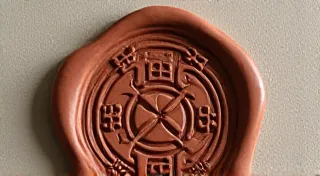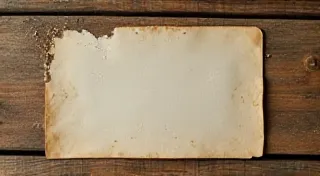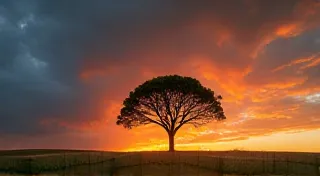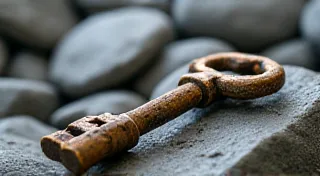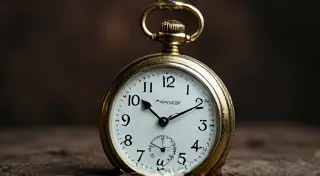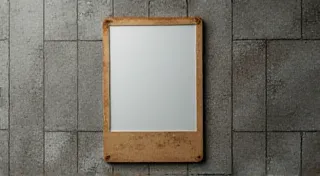Submerged Worlds: Evoking Underwater Landscapes Through Etching
There's a profound allure to antique bottles, isn't there? It's more than just their form; it's the feeling they carry – whispers of bygone eras, echoes of the hands that shaped them, and the stories they silently hold. When I started exploring reverse glass etching, my initial fascination was purely aesthetic. The idea of transforming these vessels, breathing new life into them, seemed a beautiful challenge. But my focus quickly shifted. It became about telling stories, imbuing these objects with narratives that resonated with a deeper emotional truth. And for me, that narrative often unfolds as an underwater landscape.
Why underwater? Perhaps it's the inherent mystery, the feeling of weightlessness, the way light dances and distorts, creating an ethereal beauty. Or maybe it’s the sense of quiet contemplation, the feeling of being removed from the clamor of the world – a feeling that resonates deeply with the quiet dignity of an antique bottle itself.
The Dance of Light and Distortion
Creating an underwater scene through reverse glass etching isn't simply about drawing fish and seaweed. It’s about capturing the *feeling* of being underwater. That feeling is defined by the way light behaves. Refraction – the bending of light as it passes from one medium to another – is key. Think about looking at the world through the surface of water. Everything appears shifted, elongated, and softened. This distortion is your first tool. When etching, a heavier application of etching cream in certain areas will remove more glass, creating a deeper depression and thus a stronger refraction effect. Experiment with different etching durations and masking techniques to achieve varying degrees of distortion.
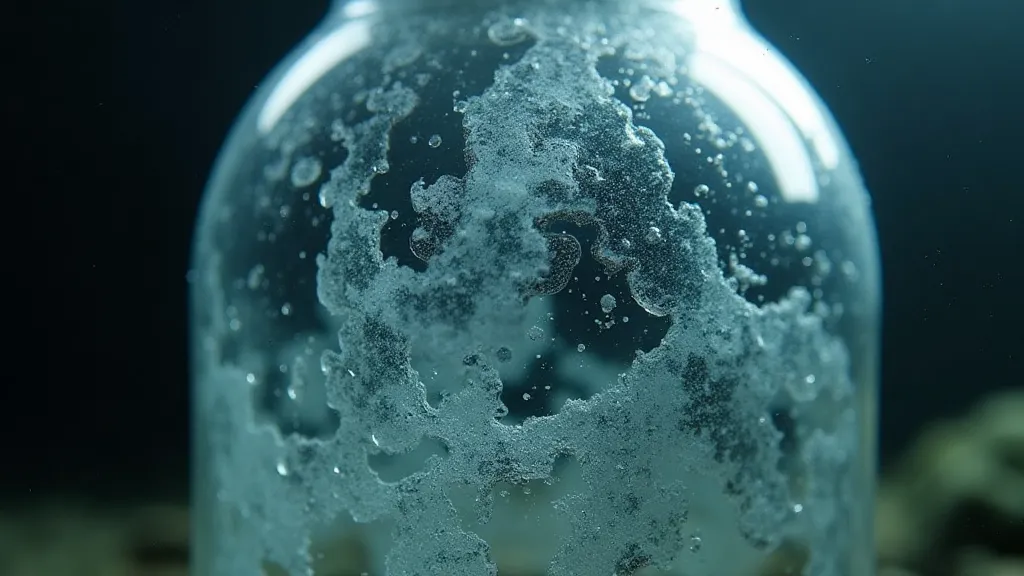
Consider the way sunlight filters through the water, creating shafts of light and pools of shadow. These can be replicated using varied etching. Areas where you want to simulate brighter light should be less etched, allowing more light to pass through. Conversely, deeper shadows are created by heavier etching. Don’t be afraid to experiment. A ‘mistake’ in etching can often lead to a beautiful, unexpected effect, adding to the sense of realism and depth.
More Than Just a Design: Craftsmanship & History
The antique bottles I prefer to work with – often early 20th-century pontil-marked examples – each possess their own unique history. Holding one, you can almost feel the pulse of the past. Pontil marks, the small, often overlooked circular scars left by the iron rod used to hold the bottle during manufacturing, are a silent testament to the laborious process involved in their creation. These imperfections, far from detracting from their beauty, actually enhance the object’s story. Knowing this history informs my approach to etching. I treat these vessels with a reverence, understanding that I’m not simply decorating them; I’m participating in a lineage of craft.
The craft of glassblowing itself is a fascinating intersection of science, artistry, and sheer physical endurance. Imagine the heat, the precision required to manipulate molten glass into such delicate forms. The process was almost entirely manual, relying on the skill and experience of the glassblower. And then, to consider the subsequent journey of these bottles – their use, their abandonment, and their eventual rediscovery – it’s a remarkable story of resilience and survival. When I etch an underwater scene onto an antique bottle, I'm not just creating an image; I’m layering another chapter onto that existing narrative.
Depth and Perspective: Building the Illusion
To truly evoke the feeling of being underwater, you need to consider perspective. Objects appear closer and more defined in the foreground, while those in the distance become increasingly blurred and indistinct. This can be achieved through careful masking and etching. Areas meant to represent the foreground should be etched with greater detail and precision. Use a very fine-tipped stencil for minute details like individual blades of seagrass or the scales of a fish. As you move further into the image, the etching can become more generalized, suggesting a sense of depth and vastness.
Consider the layering effect. Rocks or coral reefs, closer to the viewer, should be sharply defined, while schools of fish swimming in the distance should be reduced to shimmering shapes of light. This creates a visual hierarchy that draws the eye deeper into the scene, mimicking the way our vision functions underwater. Often, a soft, diffused background of swirling patterns, created by a very light application of etching cream, is the most effective way to represent the limitless expanse of the ocean.
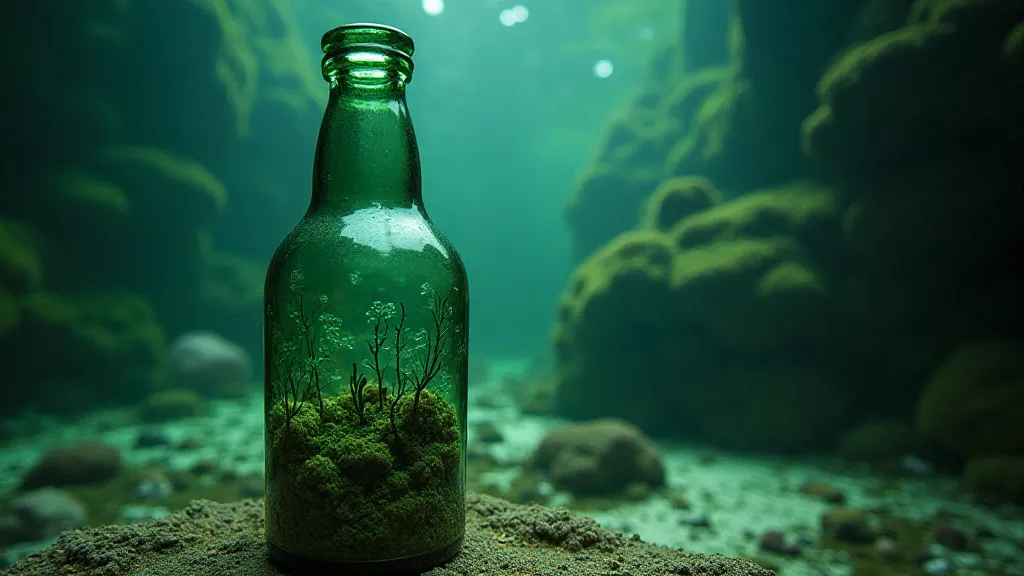
Embracing Imperfection: The Beauty of Wabi-Sabi
Reverse glass etching is a process that demands patience and precision, but it's also a process that welcomes – even celebrates – imperfection. The slight variations in etching cream application, the occasional bubble or flaw in the glass, these are not mistakes; they are character. They are marks of the hand, signs of the process, and they add to the object’s unique charm.
This concept aligns beautifully with the Japanese aesthetic principle of *wabi-sabi*, which finds beauty in impermanence and imperfection. The antique bottles themselves are embodiments of this philosophy, bearing the scars of time and use. By embracing these imperfections in my etching, I’m not just creating a beautiful object; I'm honoring the passage of time and the beauty of the imperfect.
A Connection to the Past, A Vision for the Future
Working with antique bottles and reverse glass etching isn’t just a hobby for me; it’s a connection to the past, a way to honor the craftsmanship of previous generations, and a means of expressing my own creative vision. Evoking underwater landscapes isn't just about replicating a scene; it’s about capturing a feeling, a mood, a sense of wonder. It's about breathing new life into these silent witnesses of history, transforming them into vessels of emotion and storytelling.
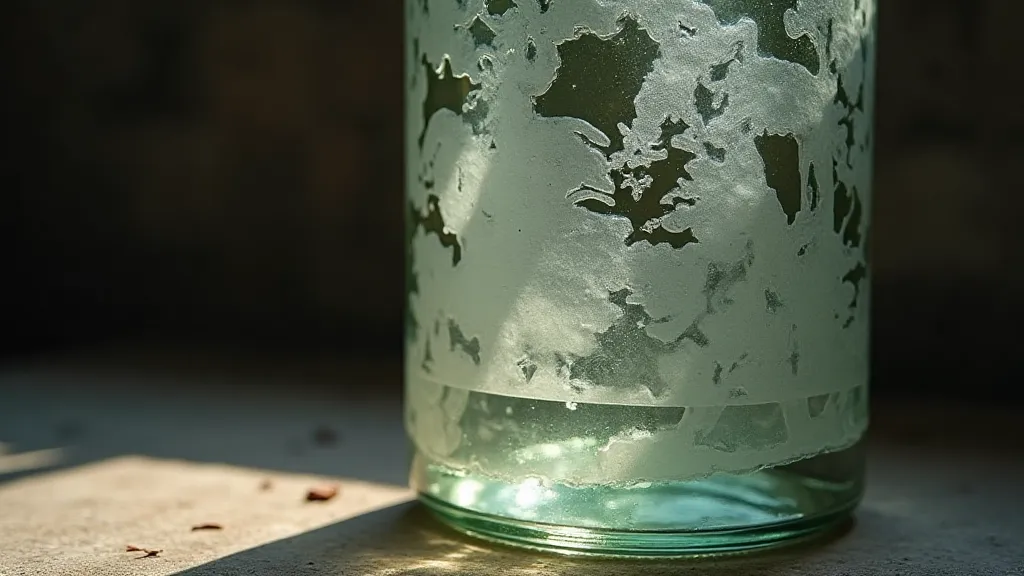
I hope that by sharing my process and my passion, I can inspire others to explore the art of reverse glass etching and discover the beauty and satisfaction that comes from transforming the ordinary into the extraordinary. Perhaps you're drawn to other narratives – perhaps a starry night sky, a field of wildflowers, or a portrait of a loved one. The possibilities are as limitless as your imagination.
